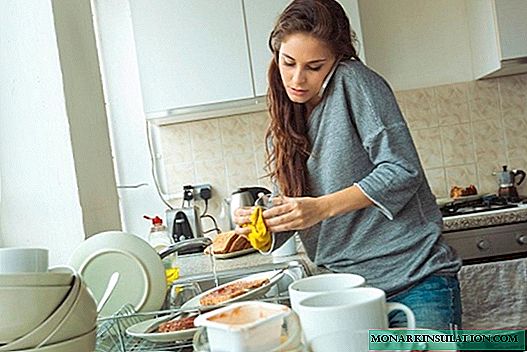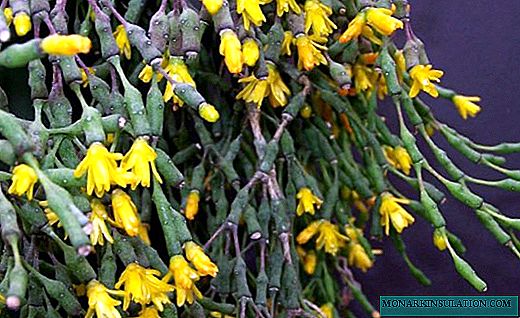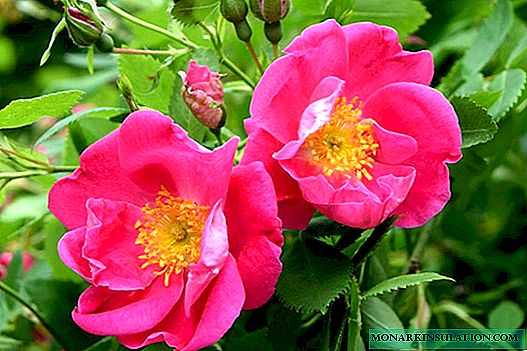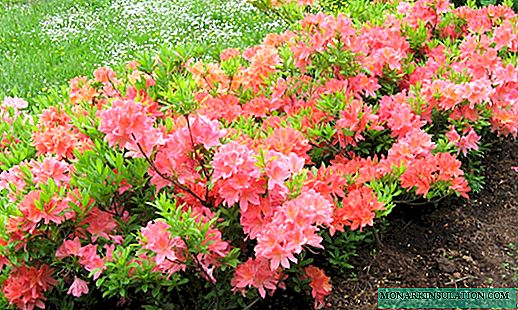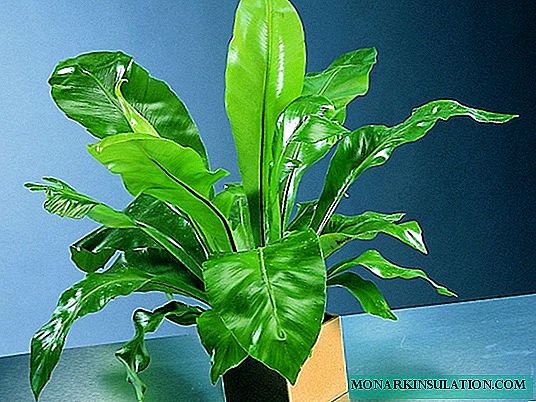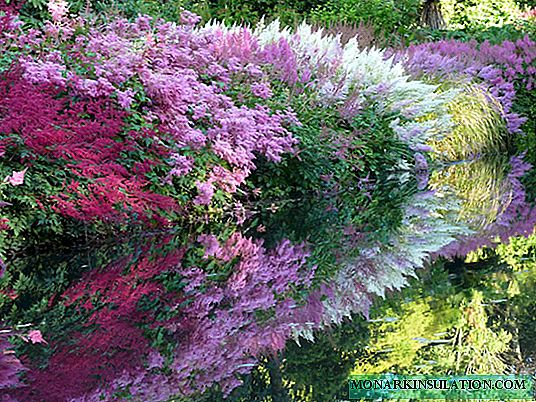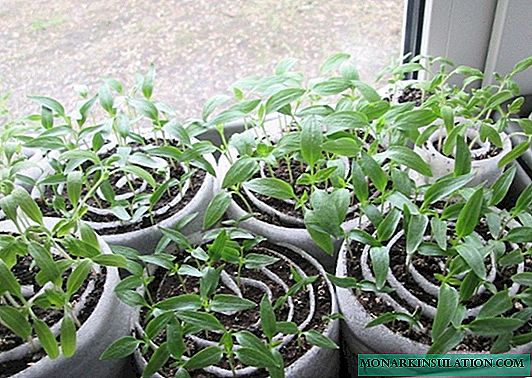
Spring is coming, it's time to think about seedlings. Previously, if you did not take care of the soil in advance, you had to manually dig the ground, and in February it is still frozen. Now the soil mixture can be bought in the store, and an excellent alternative to the old-fashioned method in boxes can be a modern technology: growing seedlings in the "snail". In this case, it is possible to do without earthen substrates at the initial stage.
"Snail" for seedlings with earth
People call this design a “snail” because a round container made of foam polyethylene resembles a large snail. The basis is a soft substrate for the laminate, which is widely sold in construction stores. 1 meter wide, supplied in rolls. It happens 2 to 10 millimeters thick, but only 2 mm is suitable for seedlings.
Buy a few linear meters of the substrate and cut strips 15 cm wide. The optimal strip length is one and a half meters. It is better to take the soil ready in the form of a substrate, its composition is selected for certain types of plants, then the seedlings will grow better. Also prepare tape for wrapping and securing the roll, it is better not to use the elastic, as it can gradually transfer the "snail" and damage future plants. You also need a pallet for ready-made "snails". Wide shallow containers made of plastic, which are usually sold in the same place as the soil for seedlings, are excellent for this.
The manufacturing process of the "snail" is very simple:
- Lay out the strip on the table, if it is long, then do not cut immediately. The excess can always be cut off after twisting the "snail" to the required diameter.
- Pour the soil in small portions onto the strip and flatten on the surface of the substrate 40 to 50 cm long. Spread the seeds on the resulting micro-row, but not in the center, but closer to the edge. It will be the top.
- Next, you need to carefully twist this part of the strip with soil and seeds into a roll.
- Repeat the above steps several times. You will get a big round container.
- Adjust the diameter of this roll by cutting off the end of the strip. Too large "snails" are not recommended, because after daily watering they will become heavy and can creep under their own weight.
- If possible, make a template for assembling a "snail" of three small planks 15x50 and one 15x15 centimeters. You can use sections of the OSB plate with a thickness of 10 - 12 mm. Fasten them in the form of a long box without one end wall. Make a "snail" inside it, pulling the tape to the free space after twisting it. The roll in this case will be even and neat, and the side walls of the template will not allow the soil mixture to fall out when the strip is twisted.
When the "snail" is ready, put it in a pan where you will add water during plant growth. Cover it with plastic wrap to create a greenhouse effect. In order not to mix up where the top of the roll is, lay 2 - 3 pieces of paper with the release out with the seeds. If the soil spills out a little, add it flush with the edge of the substrate.
Caring for seedlings in the "snail" is no different from caring for plants in a box: timely watering, top dressing, airing and more sun when the first leaves appear.
"Snail" for seedlings without land
This method is used for seed germination. Then, small sprouts will need to be transplanted into more suitable containers with soil, where they can receive good nutrition.
The technology of creating a landless "snail" is no different from the above-described method using soil. The only difference is that instead of a nutrient substrate, paper towels are used. Plain cheap toilet paper does not work well, as it is single-layered and may just burst when the seeds begin to sprout.
Lay out paper towels on a strip of laminate backing, spread the seeds over the surface and twist the roll. In this case, you can use longer sections of the substrate, so the thickness of the roll without earth will be significantly thinner.
After the emergence of seedlings, use multimineral top dressing, but after a while the sprouts will have to be transplanted in containers with the ground, if you want to further grow them in open ground.
Features when growing seedlings in the "snail"
The use of "snails" for growing seedlings significantly saves space for their placement. This means that in a small space you can grow several types of seedlings. It is also very easy to plant sprouts in a permanent place - just roll the roll and take out the plants without any damage to their roots.
But with such a density of seedlings, better lighting is also required, perhaps for snails you will have to install additional light sources. In this case, it is better to use special lamps for greenhouses with enhanced power in the green spectrum. In addition, you need to make sure that there is enough water and at the same time that there is no overmoistening, since the "snails" perfectly absorb moisture and hold it for a long time.



